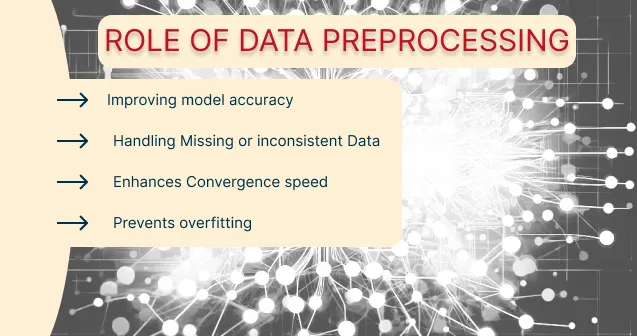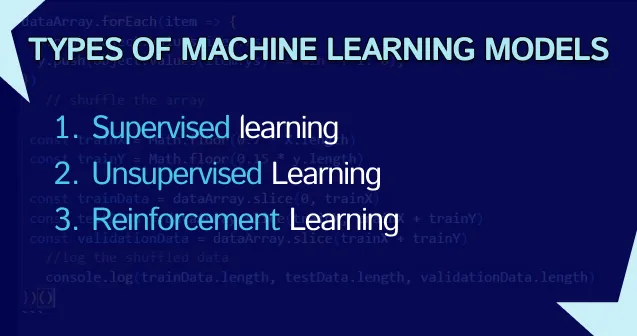
Exploring Tensor Representation in TensorFlow.js
A simple and easy-to-understand guide to the advantages of using tensors in TensorFlow.js for numerical computations, perfect for teenagers exploring machine learning.
· tutorials · 4 minutes
Understanding the Power of Tensors in TensorFlow.js for Numerical Computation
If you’re curious about how machine learning works, or how apps can quickly process huge amounts of data to make smart decisions, then learning about tensors is a great start! In this tutorial, we’re going to explore why tensors are such a big deal in TensorFlow.js for numerical computation. Don’t worry—by the end, you’ll understand what tensors are and how they differ from regular arrays or matrices.
What is a Tensor?
Think of a tensor like a supercharged container that can hold numbers—kind of like an array or a table, but way more powerful. A tensor can have many dimensions, meaning it can hold numbers in a flat line (like a list), a grid (like a table), or even in more complex shapes like cubes or other high-dimensional structures.
Let’s start simple:
- A scalar (a single number) is a 0D tensor.
- A vector (a list of numbers) is a 1D tensor.
- A matrix (a table of numbers) is a 2D tensor.
But tensors can have as many dimensions as needed to represent your data!
Tensors vs. Arrays: What’s the Difference?
Tensors might sound like regular JavaScript arrays, but they have some big advantages, especially for things like machine learning and data processing. Here’s a quick breakdown of the key differences:
| Feature | JavaScript Array | Tensor in TensorFlow.js |
|---|---|---|
| Shape | Simple, usually 1D or 2D | Can handle higher dimensions easily |
| Mutability | Can be changed directly | Immutable, meaning once created, they can’t be changed |
| Performance | Processed only on CPU | Can run on CPU and GPU, making it super fast for large data |
| Math Operations | Need custom code to perform | Has built-in functions for operations like addition, multiplication, etc. |
Why Use Tensors?
-
Efficient Computation on GPUs
Tensors can be processed on the GPU (Graphics Processing Unit) in your computer. The GPU can do many calculations in parallel, meaning it’s much faster at handling large amounts of data compared to using the CPU alone. This is especially important for machine learning tasks that need to process thousands (or millions!) of data points. -
Immutability = Safety
Once you create a tensor, its values don’t change. This immutability makes programming safer, as you won’t accidentally mess up your data while performing multiple calculations. If you need a new tensor, you simply create one from the original. -
Built-in Mathematical Functions
Tensors come with a bunch of built-in functions for doing things like matrix multiplication, addition, or reshaping data. You don’t have to write custom functions to perform complex operations.
Example: Working with Tensors in TensorFlow.js
Let’s take a look at how easy it is to create and use tensors in TensorFlow.js.
1. Creating a Simple Tensor
Here’s how to create a 1D tensor (which is basically a list of numbers):
import * as tf from '@tensorflow/tfjs';
// Create a 1D tensor (vector)const tensor1D = tf.tensor([1, 2, 3, 4]);console.log(tensor1D.toString());Tensor [1, 2, 3, 4]That’s a simple tensor with 4 numbers. It’s like a list or array, but it’s a tensor that you can now use in powerful computations.
2. Doing Math with Tensors
Let’s say you want to add two tensors together:
const tensorA = tf.tensor([1, 2, 3]);const tensorB = tf.tensor([4, 5, 6]);
// Add the two tensorsconst result = tensorA.add(tensorB);console.log(result.toString());Tensor [5, 7, 9]You didn’t have to write any loops or complex code to add two arrays—TensorFlow.js handles all that for you with tensor operations.
3. Using the GPU for Speed
If your computer has a GPU, TensorFlow.js will automatically use it to speed up the computation. This makes working with large data sets or complex models much faster.
For example, imagine you have an image with millions of pixels. Doing math on that image using regular arrays would take a long time. But with tensors, the math can be done in parallel on the GPU, cutting down the time dramatically.
Contrast: Tensors vs. Regular Arrays
Imagine you’re trying to work with a large dataset, like the pixels of an image. Using regular JavaScript arrays, you’d have to manually loop through all the pixels to apply some math, which might look something like this:
let imageData = [[0, 255, 128], [64, 128, 192]]; // Each pixel is [R, G, B]let brightenedData = imageData.map(pixel => pixel.map(value => value + 50));This works, but it’s slow and doesn’t scale well to big data.
With tensors, you can do this in a single line, and TensorFlow.js will run it efficiently on the GPU if possible:
const imageTensor = tf.tensor([[0, 255, 128], [64, 128, 192]]);const brightenedImage = imageTensor.add(50);Not only is the code cleaner, but it’s also much faster, especially for larger datasets.
More posts
-

The Role of Data Preprocessing in TensorFlow.js Models
Discover the importance of data preprocessing in building effective TensorFlow.js models. Learn common techniques like normalization, encoding, and handling missing values to optimize model performance.
-

Types of Machine Learning Models: Explained with Examples
Explore the three main types of machine learning models—supervised, unsupervised, and reinforcement learning—with clear explanations and practical examples in TensorFlow.js.
-

Implementing a Basic Linear Regression Model in TensorFlow.js
Learn how to create a simple linear regression model using TensorFlow.js, focusing on core concepts such as defining the model, training, and making predictions.